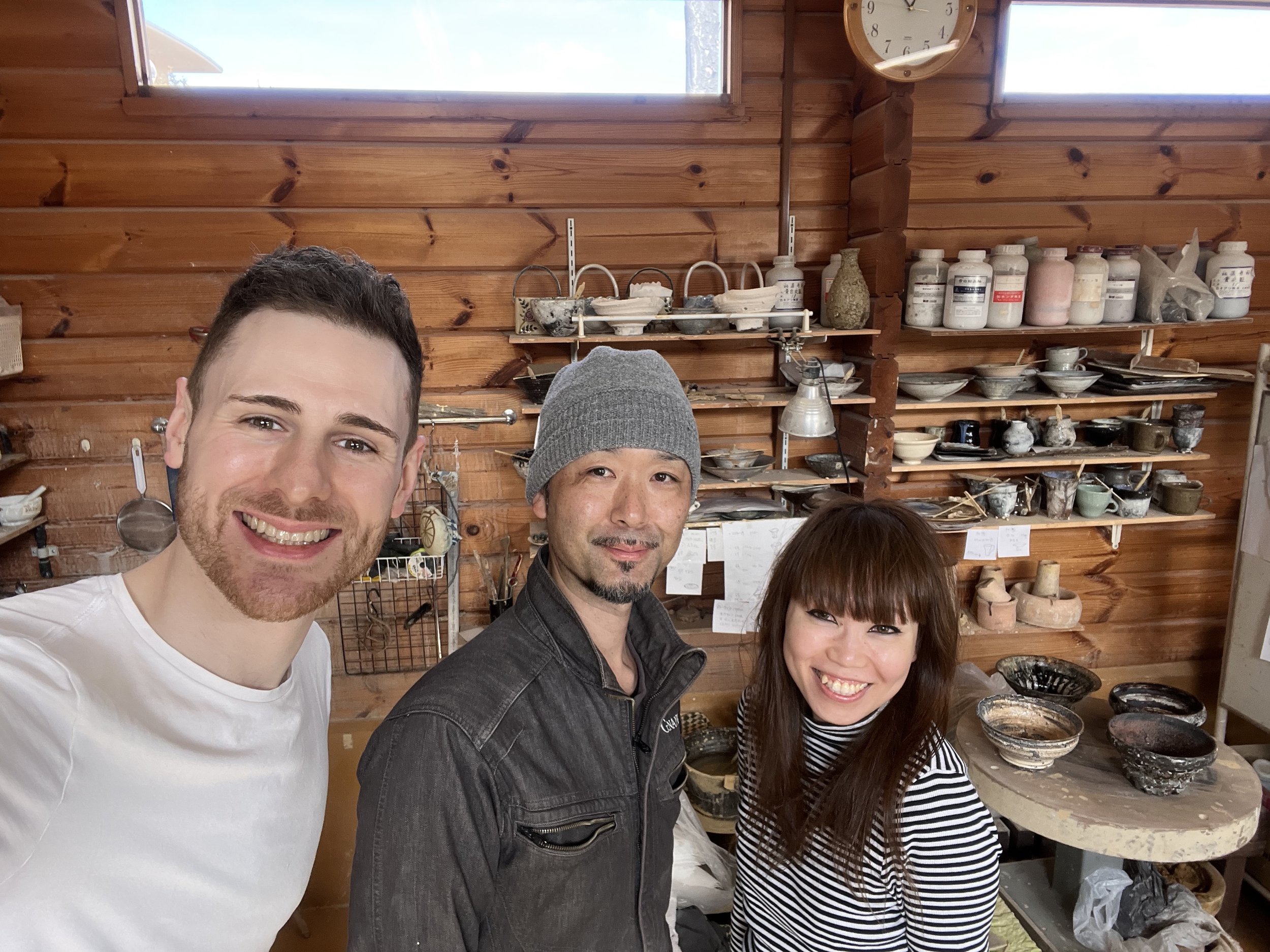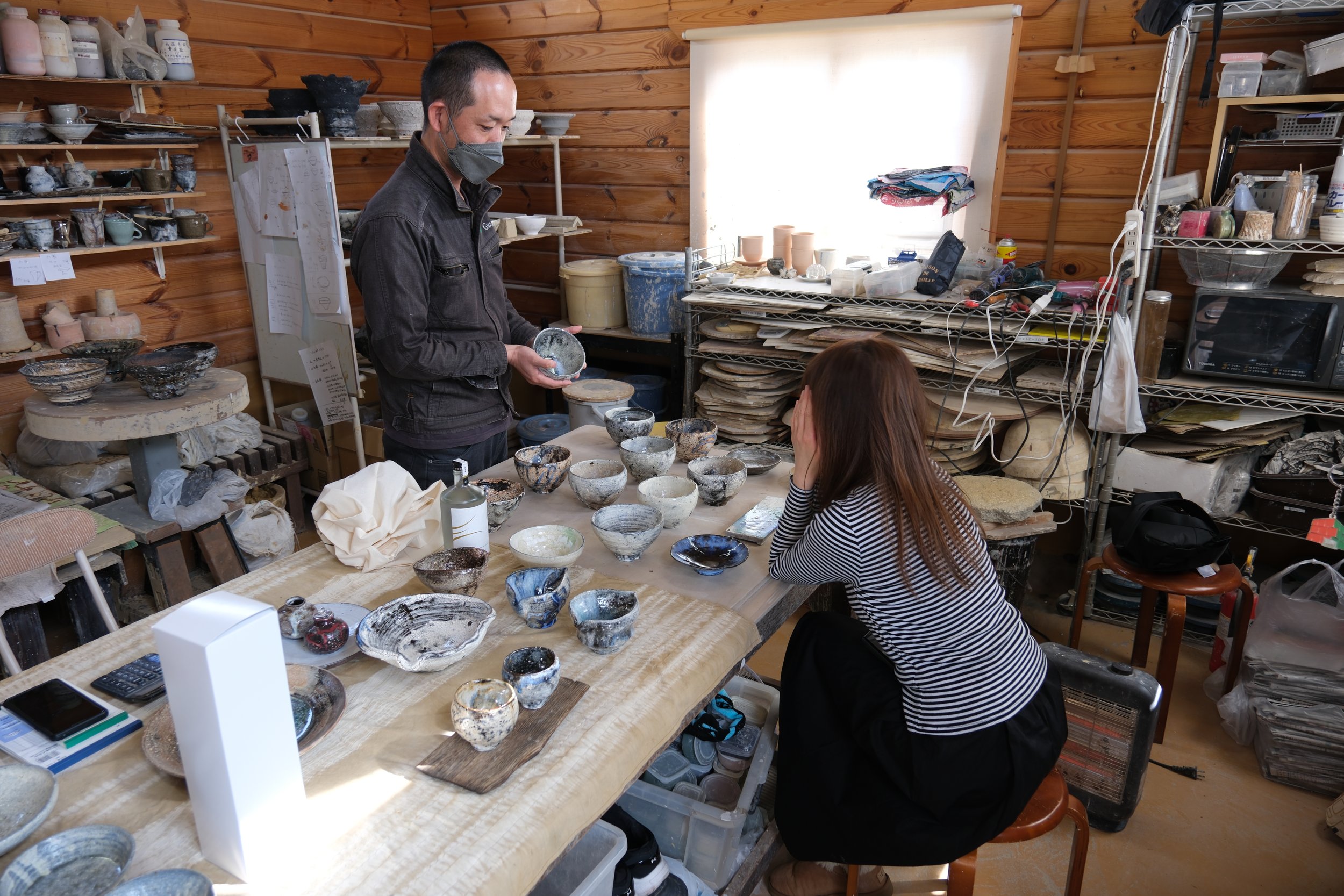FROM THE HANDS OF SAKAMOTO TAKESHI TO YOU
Sakamoto Takeshi
Born: Neyagawa city, Osaka prefecture, 1973
Based: Sakai city, Osaka prefecture
Kiln: Tatsumigama (tatsumi kiln)
A very humble, down to earth artist.
We first learned of Sakamoto Takeshi’s work at a 2017 exhibition, and two years later we were fortunate enough to arrange a meeting with him at his studio. From the smallest of choko (small sake cup) to the biggest tsubo (big vase), his work is loved and exhibited all across Japan. As he uses the local Osaka clay, he prefers not to call his work Tanbayaki - which originated in Hyogo prefecture - despite completing his six year apprenticeship in Hyogo under a Tanbayaki master. His work, although ever evolving, maintains Tanbayaki’s well known rustic finish.
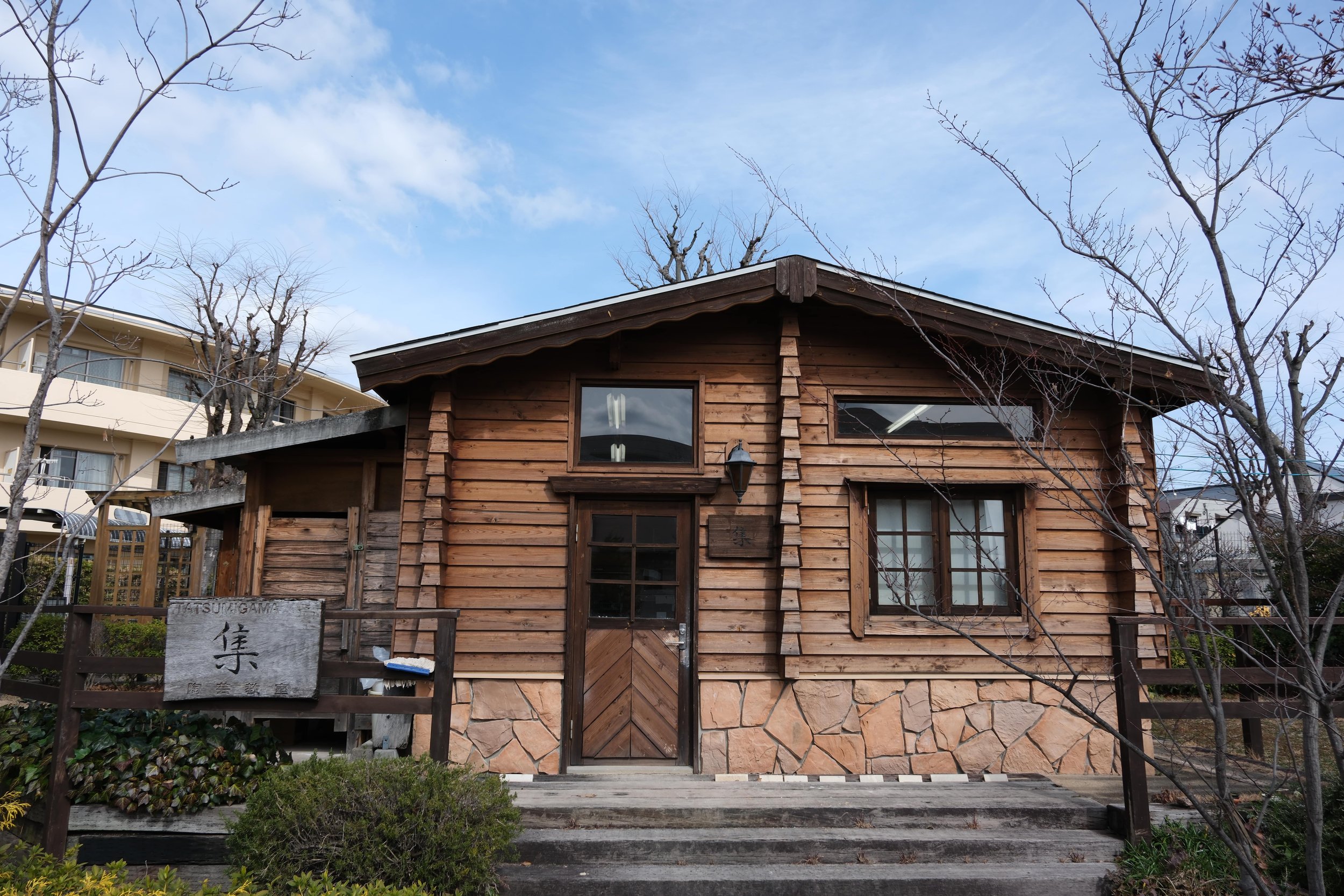
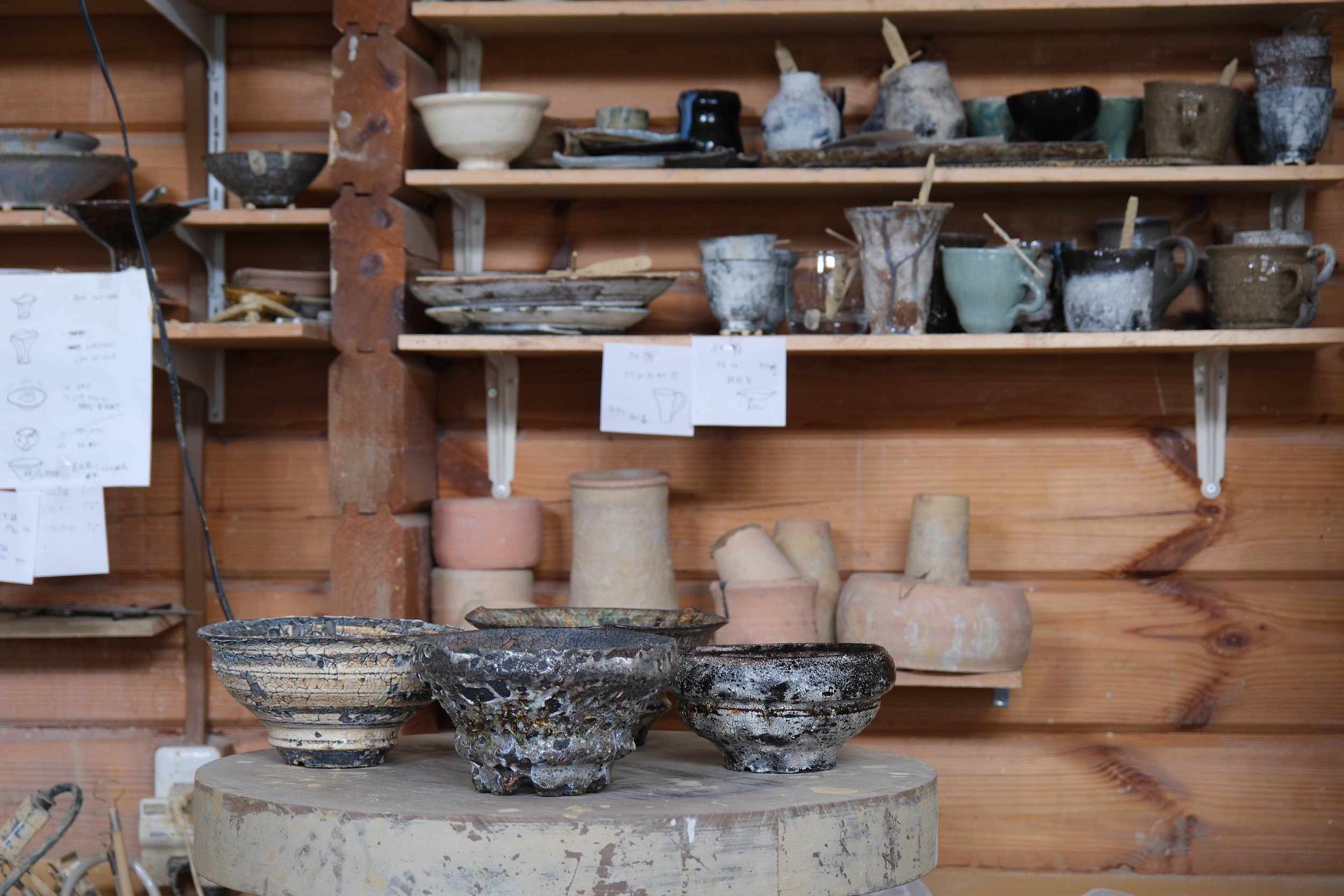
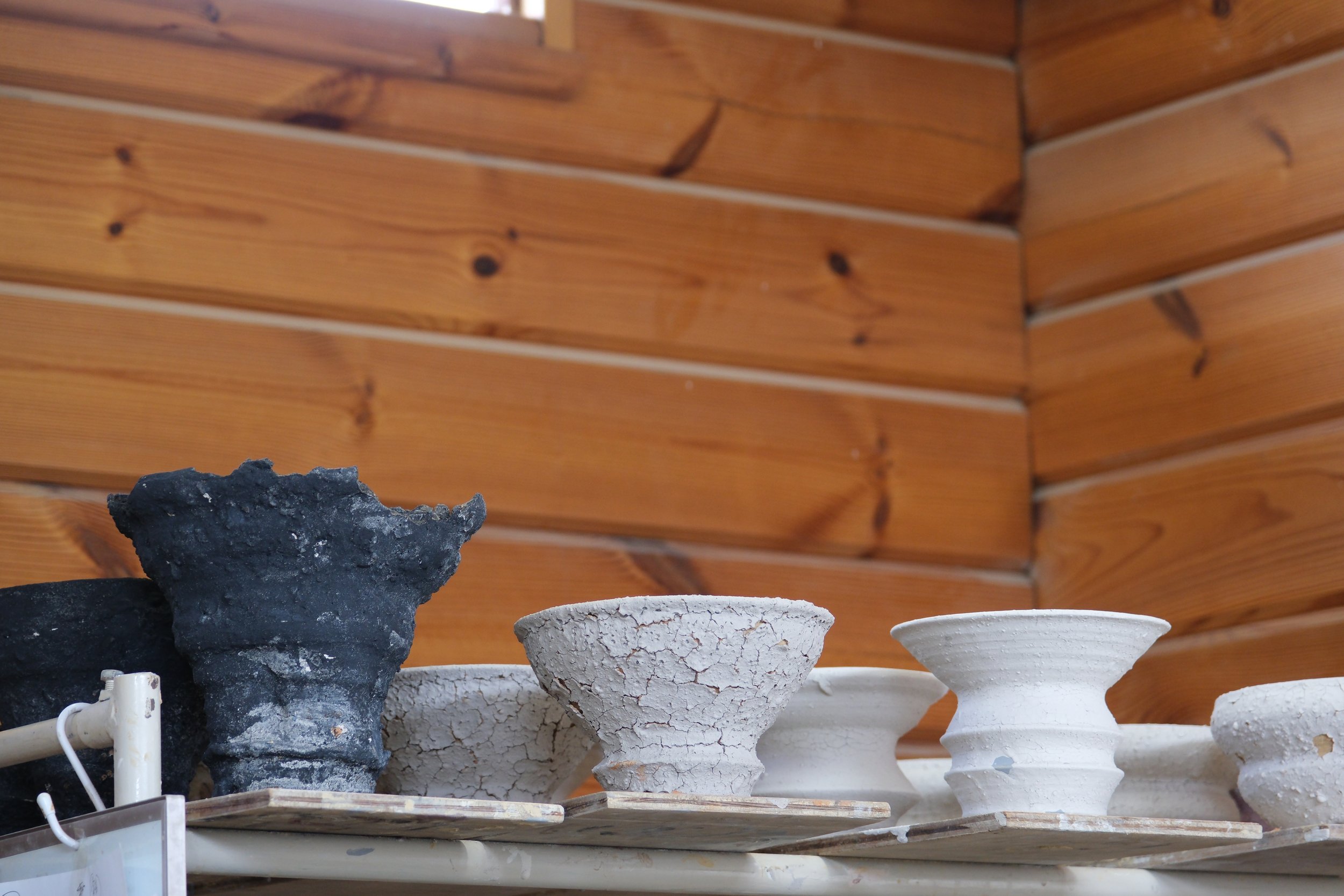
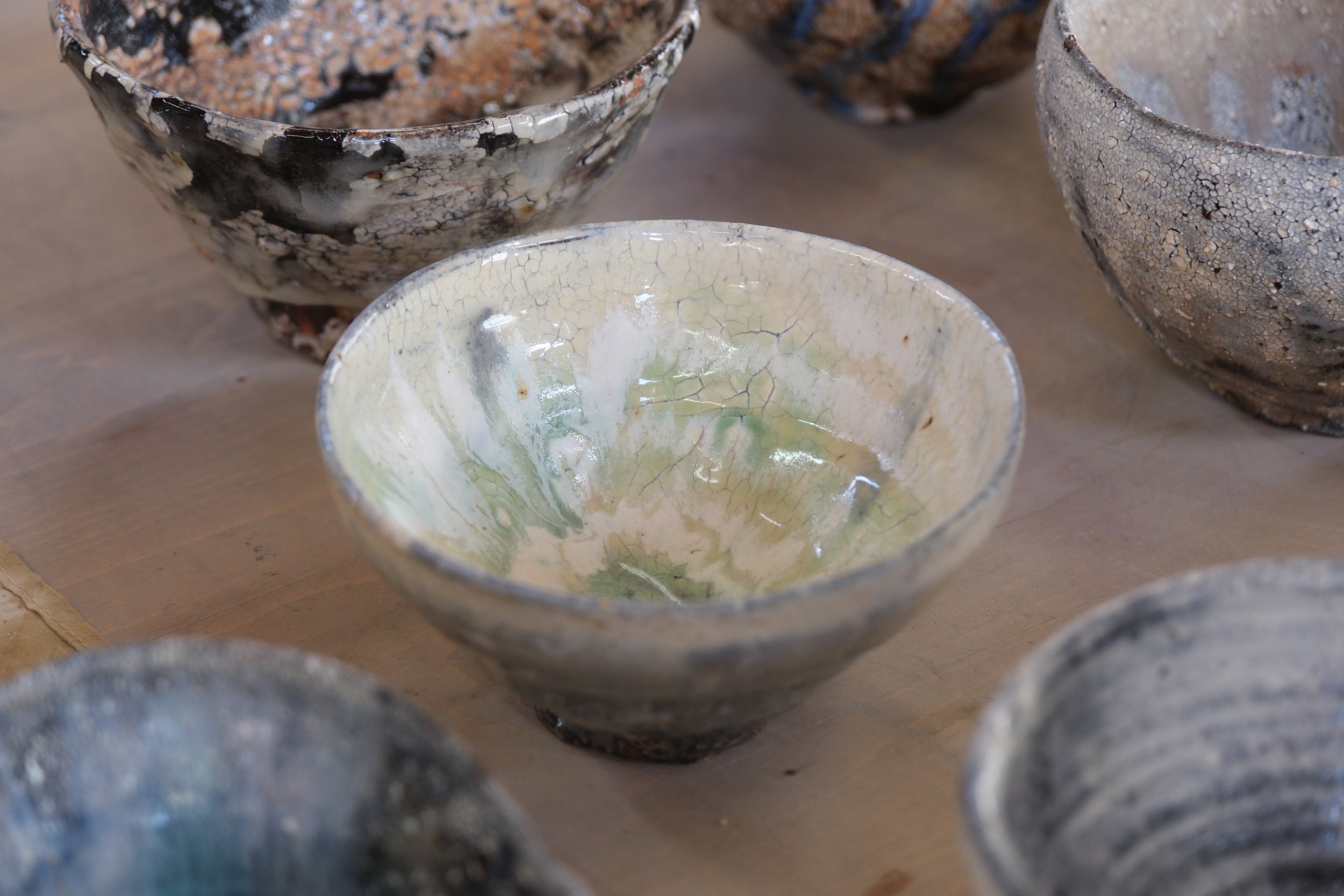
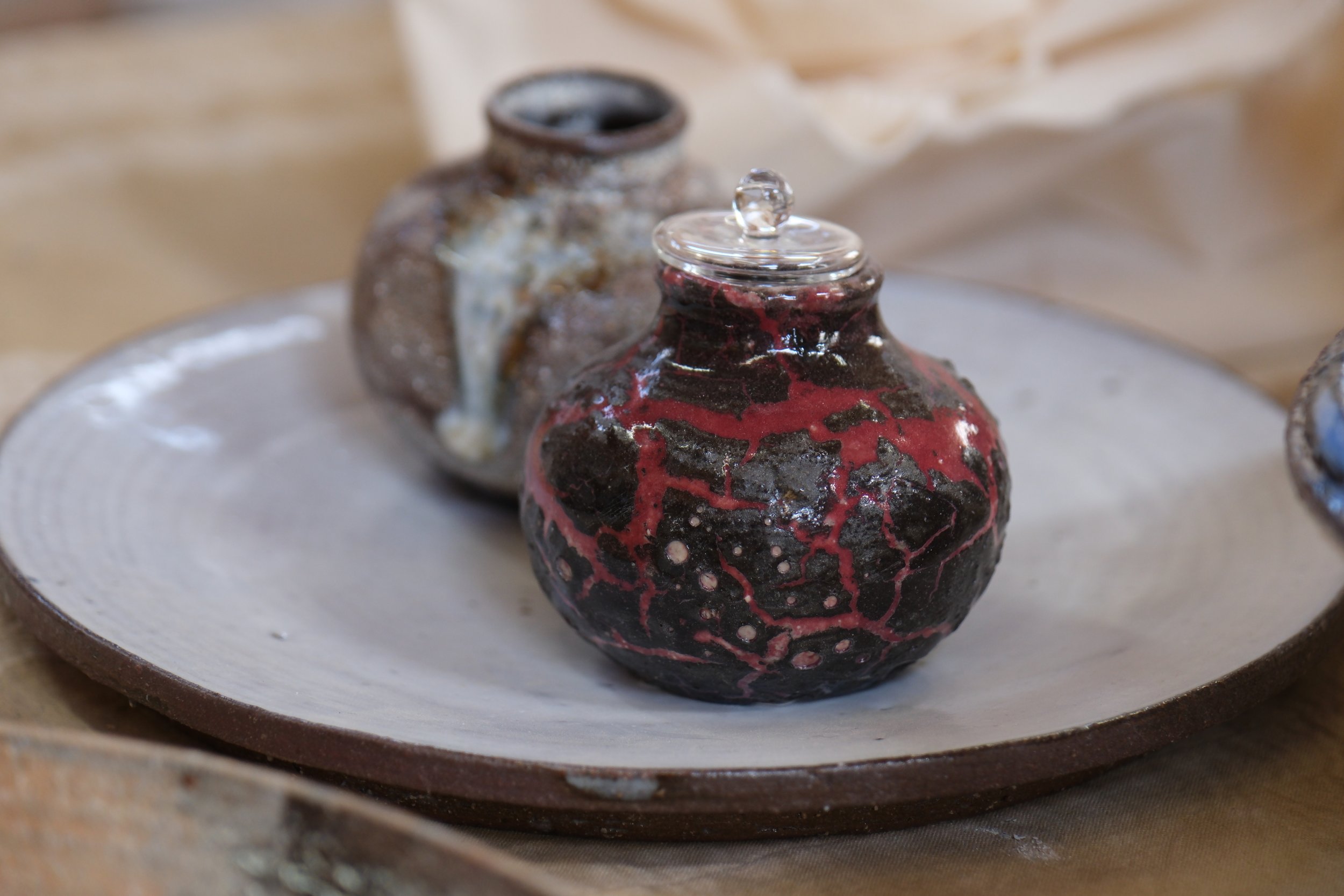
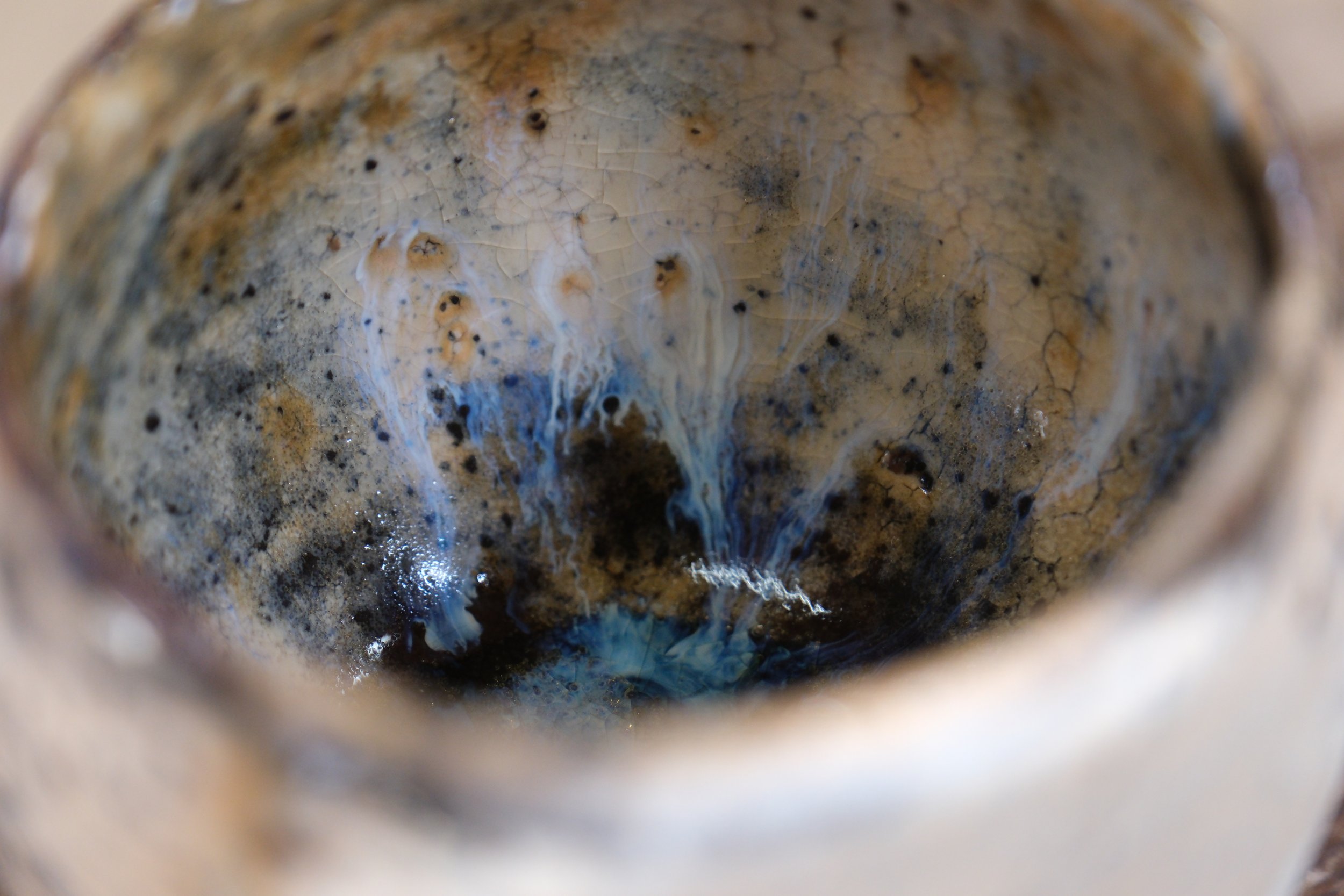
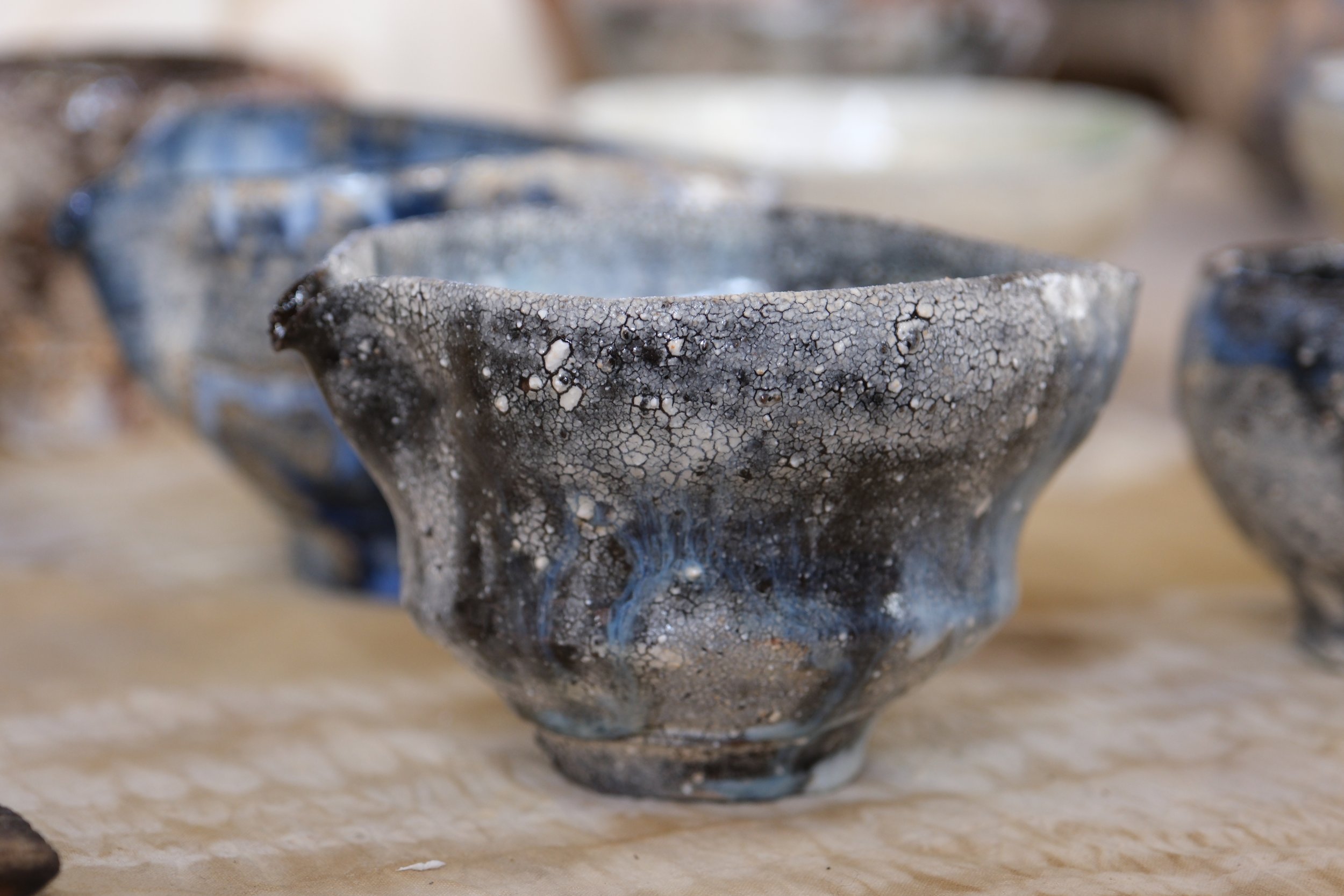
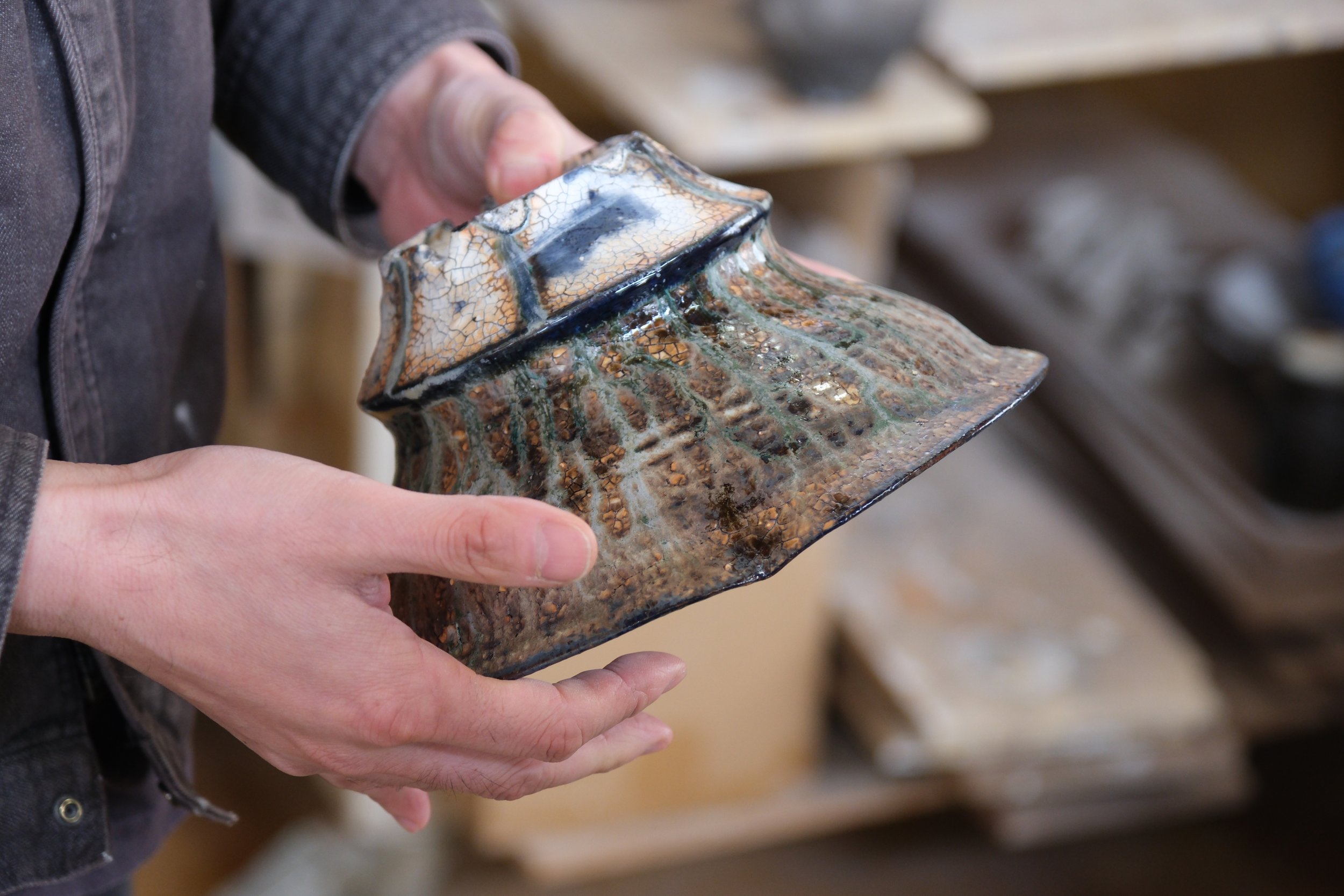
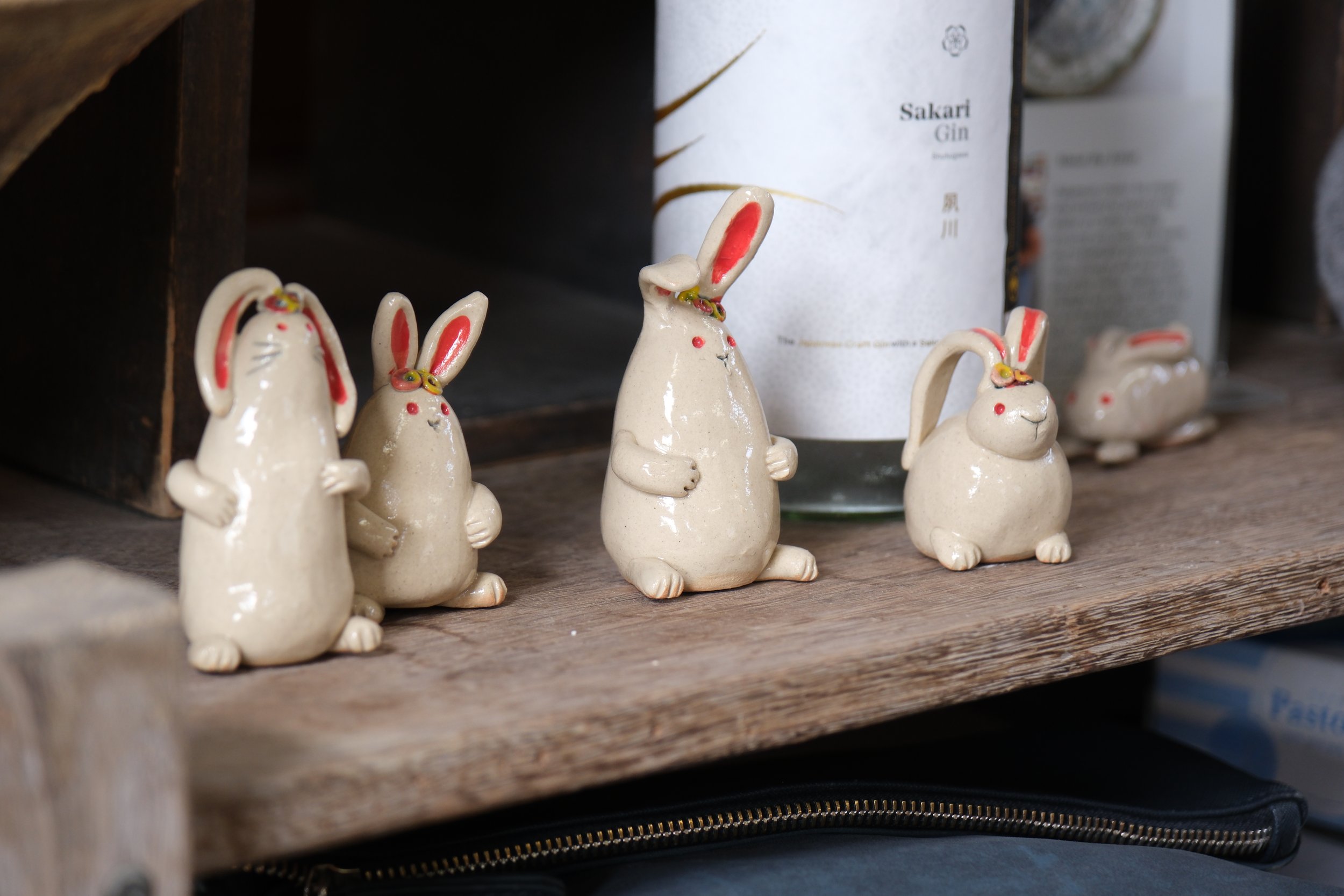
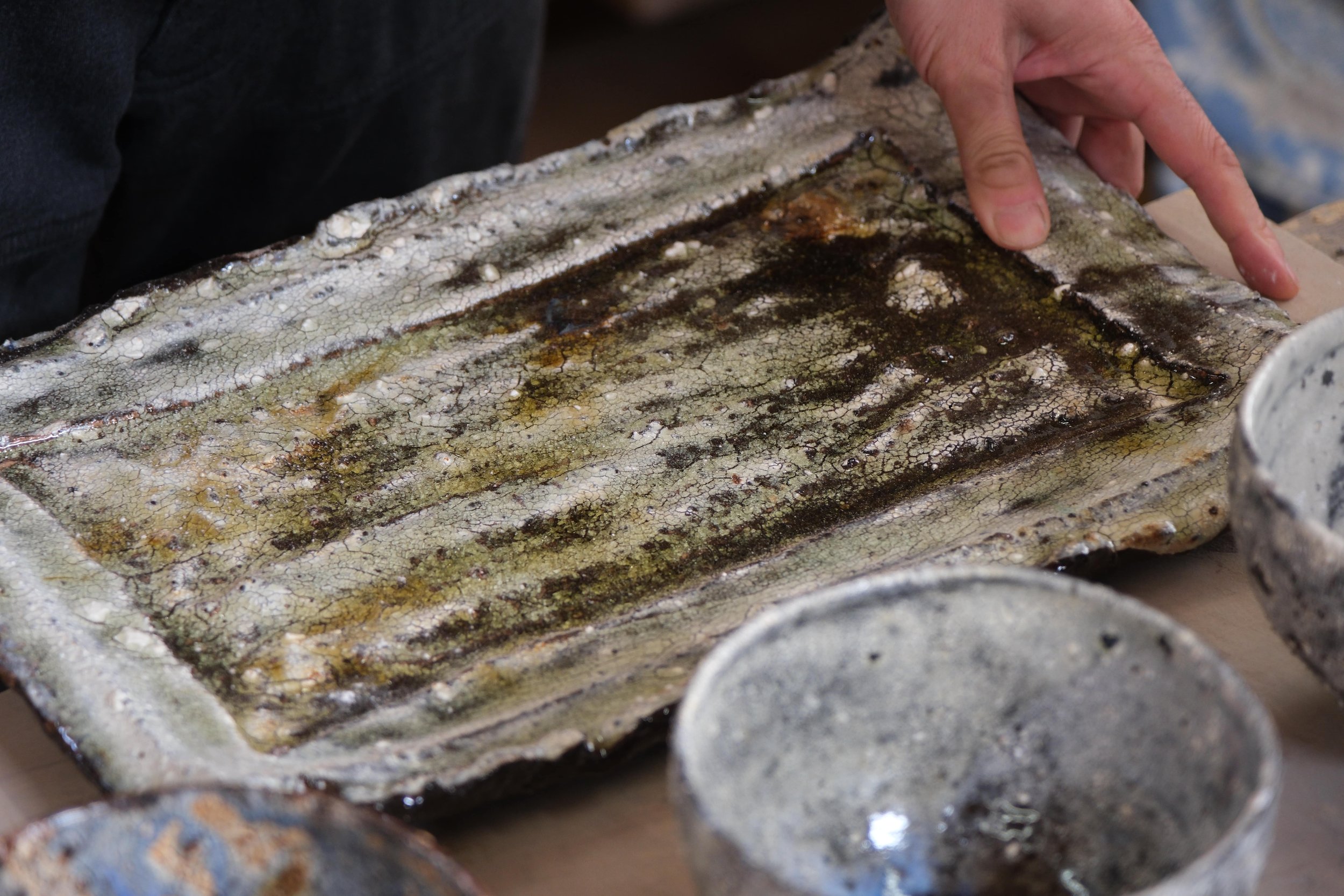
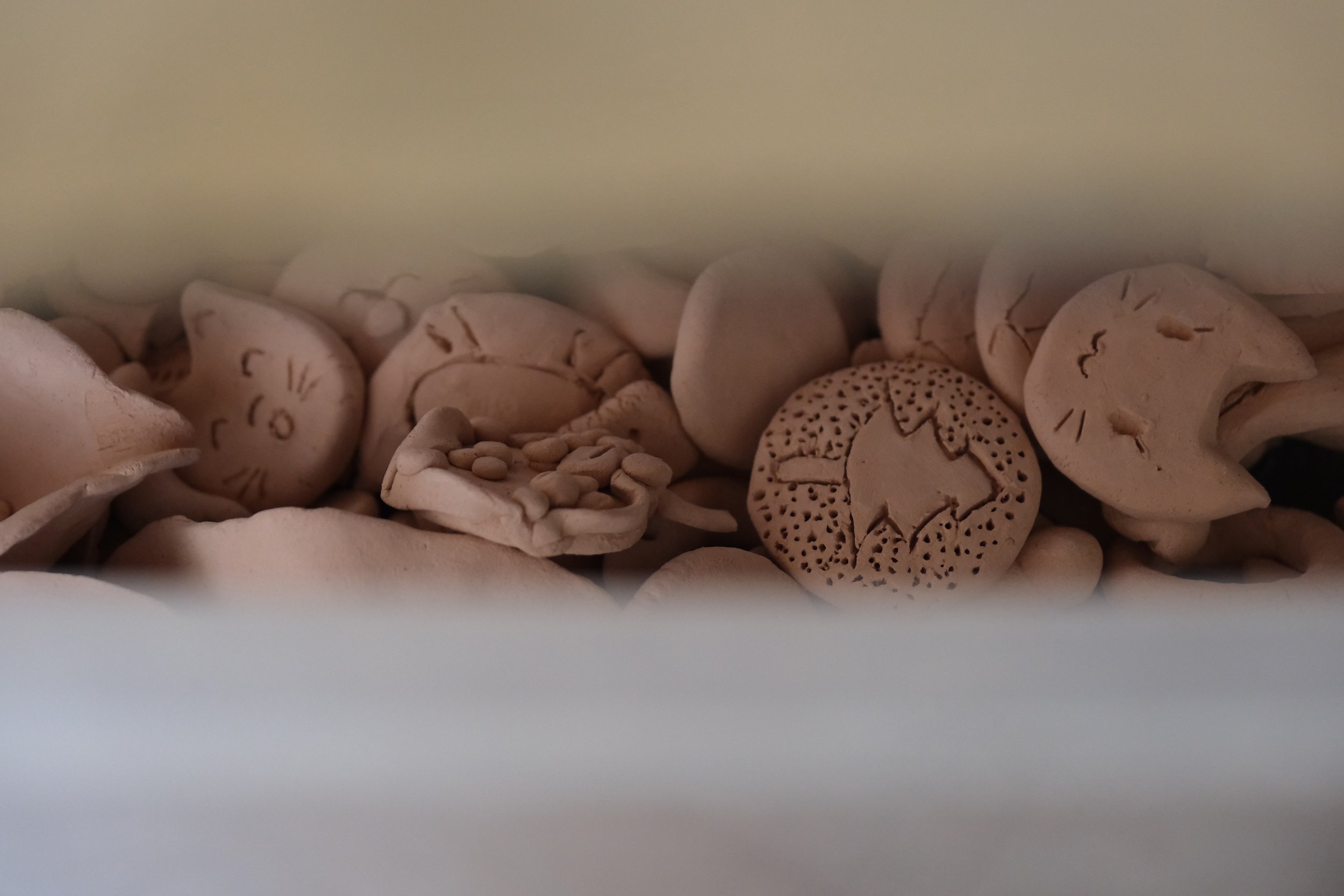
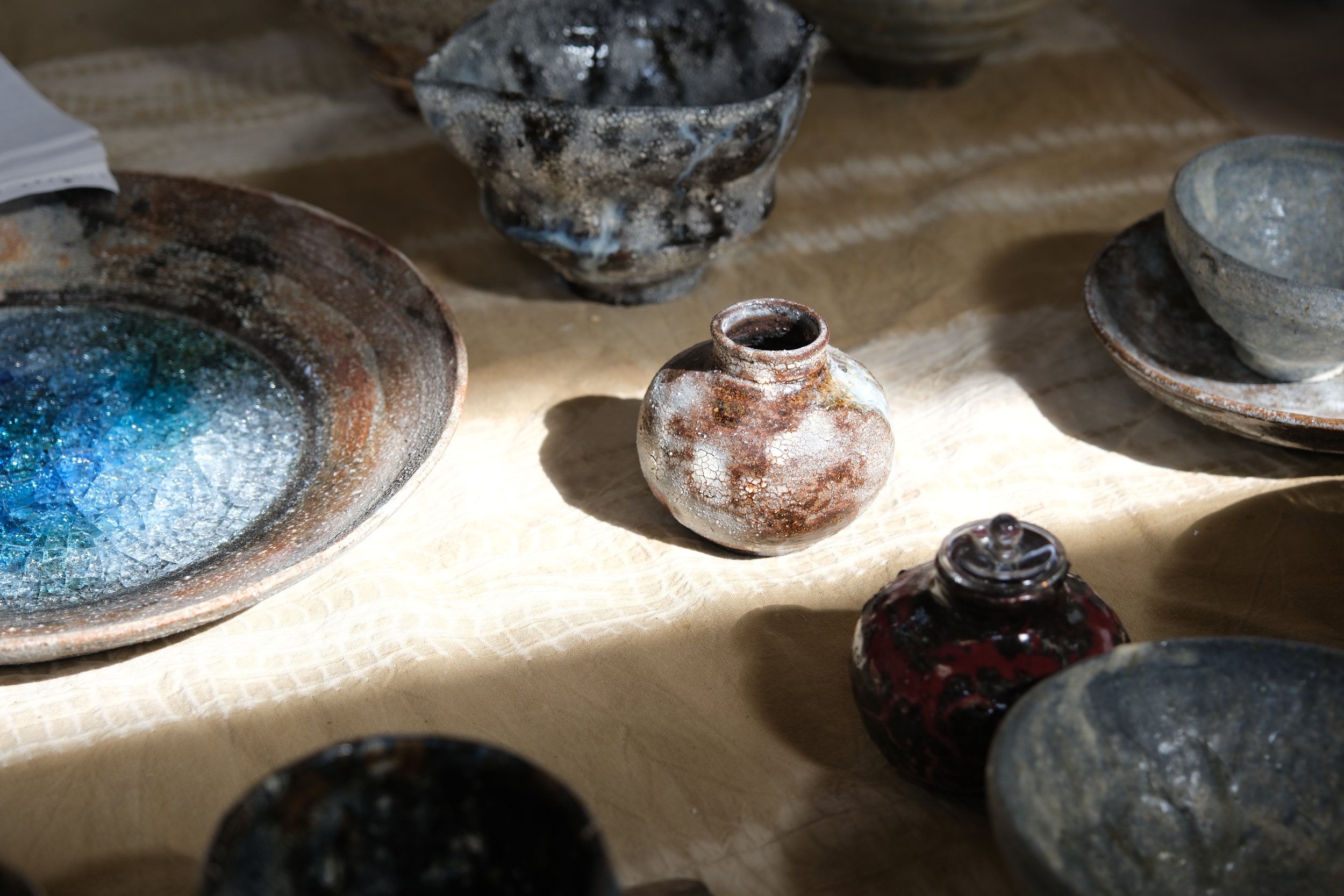
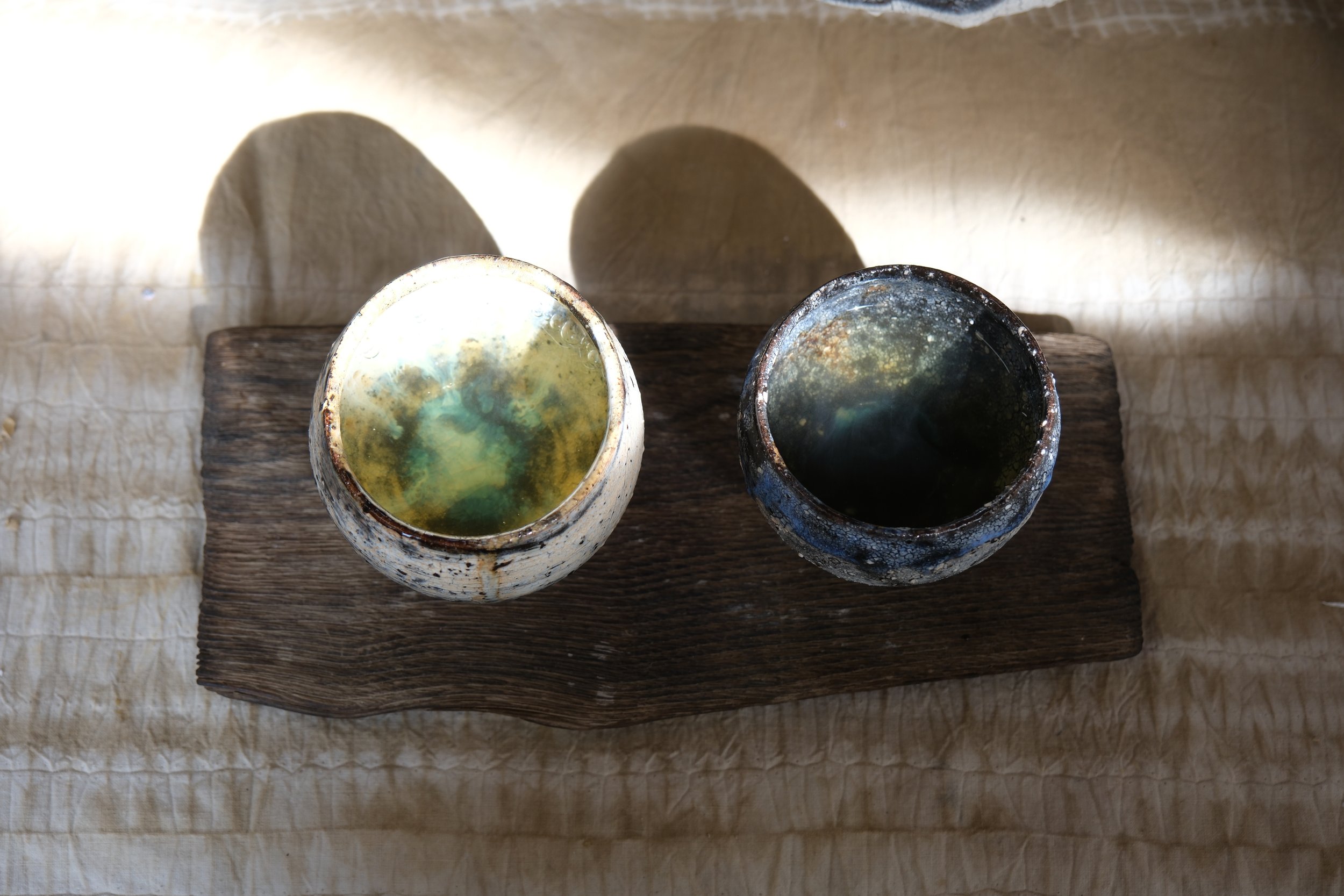
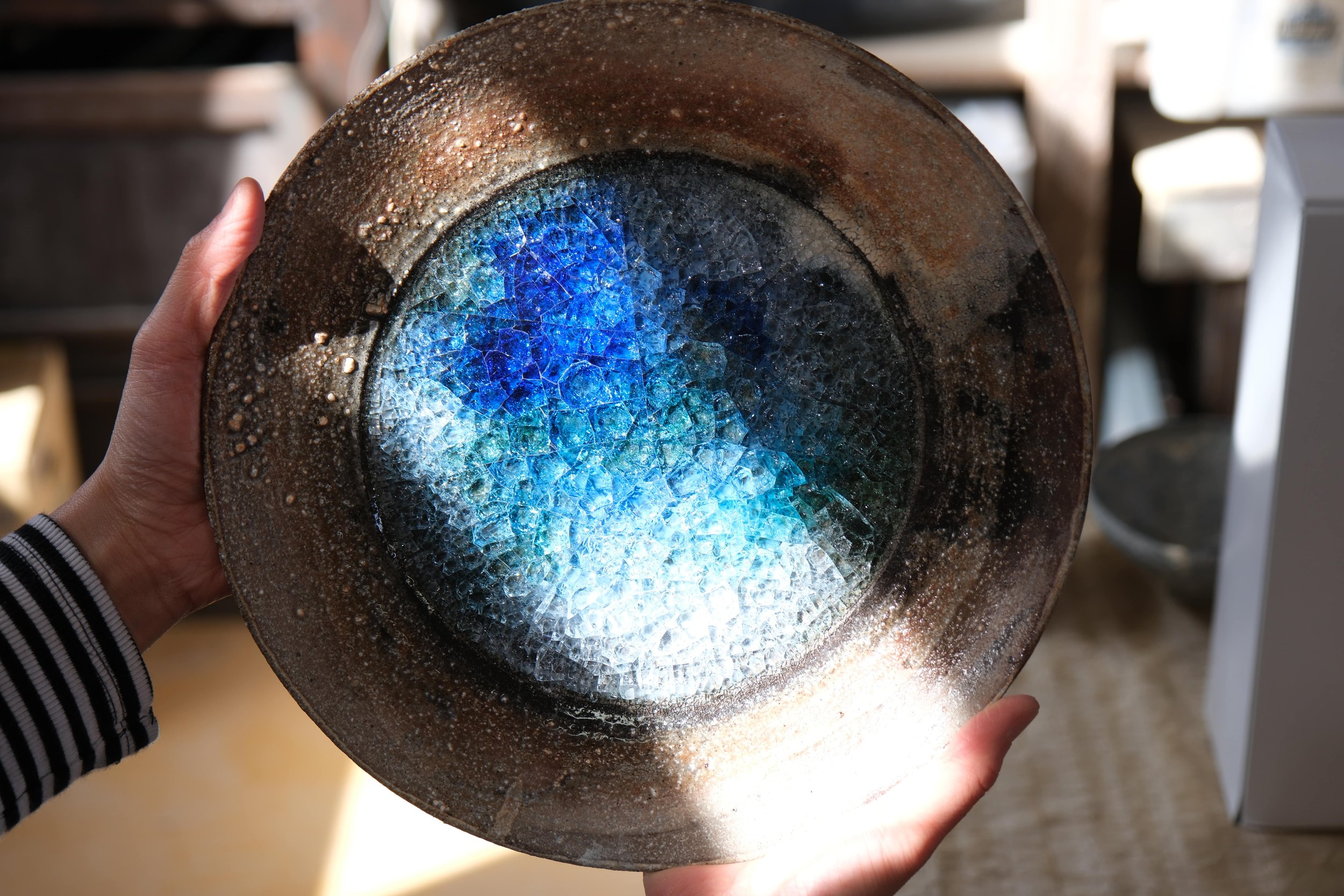
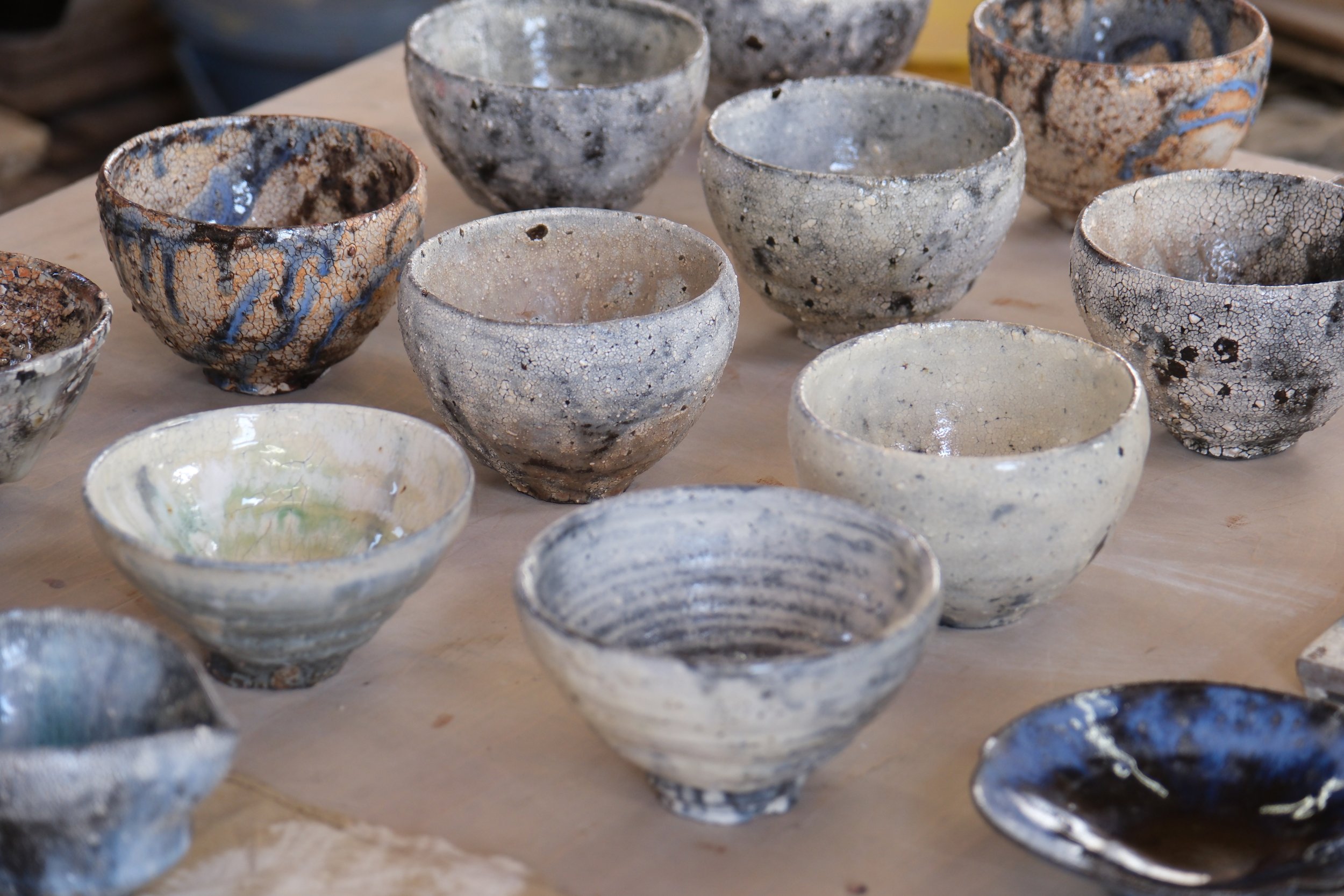
Motivation to pursue pottery:
Despite being born as the eldest son of a painter, and graduating from design college, Sakamoto Takeshi never really thought that he would become a painter, nor follow any other artistic pursuit. His family moved from Osaka to Sasayama City in Hyogo, the neighbouring prefecture. Although rather remote, it is famous for being the origin of Tanbayaki (Tanba ware), one of Japan's six ancient kilns. Following the move, his father encouraged him to start as an apprentice to a local potter. The move repainted his future, and his life as a potter began.
Happiness and hardships of being a potter:
Sakamoto san has endured many hardships throughout his journey, especially when working as an apprentice under his master, studying tanbayaki and learning pottery from scratch. When he began his apprenticeship he knew absolutely nothing about ceramics or clay - from identifying types of soil, to the line between wet and dry soil types, which led to him being chastised often. He said that nowadays it would be extremely rare to become an apprentice with such little knowledge, but joked that the good thing was his young age allowed him to easily move on and focus on his work. It was not possible for him to express his own style while working as an apprentice, and he spent six years working under his master this way. When he was able to become independent he set up his kiln named "Tatsumi", which is the name of the area it was originally built, and the kiln retained this name after moving back to Osaka. Looking back, he reflected that he was grateful to have trained under a strict master, and it has helped him to become who he is today. His studio is located in a log cabin in the garden of a nursing home, like a treasure trove hiding in plain sight, and he sometimes holds classes at a local primary school. He particularly enjoys meeting people through exhibitions, using their feedback to influence the evolution of his style. The lack of exhibitions during the pandemic has been unfortunate, and he has been making large plant pots, plates and vases during this time.
Things to challenge in the future:
When asked about things he wants to try in the future, he said there are many! He has been working hard to perfect the spouts of his new katakuchi, and showed us the results of his hard work by pouring water out of one during our visit. He has also recently been involved in two television shows, acting as a hand double during pottery scenes.
Hobbies other than pottery:
Sakamoto san insisted that nowadays, pottery is his hobby. Whilst still enjoying tennis and driving, he has found real pleasure in spending his time developing his skills as a potter. Spending time to experiment with different shapes, styles, glazes all with different clay has been interesting as of late. After turning 50, he looked back at his life and felt happy to be where he is now. In the past he would feel envious of potters with large studio spaces to work in, but now he is able to look past the limitations of his space and feel content with what he has accomplished there.
Signature pieces:
It is difficult to pinpoint one specific signature piece of his, but this visit we recognised the improvements he made to his katakuchi's spouts. We love the combinations of colour and texture in his work overall and feel that his work has the power to amaze us time and time again.
Our happy moment shared with him:
Upon entering his studio we were immediately struck by the pieces he had laid out on the wooden table in the middle of the cabin. As the sunlight travelled across the table different pieces were lit up, the colours coming alive in the light. The colours were so stunning! He served us tea in some teacups he made (we are desperate to bring some back next time!), and gifted us a bottle of sake to take back to the UK. While his pieces are as mesmerising as ever, it was his warm, kind hearted personality that humbled us this time. Thank you so much Sakamoto san!
Behind each ware is a story. Our role is to introduce these stories behind different artists of the ware we use to provide a unique tea experience to our guests.



